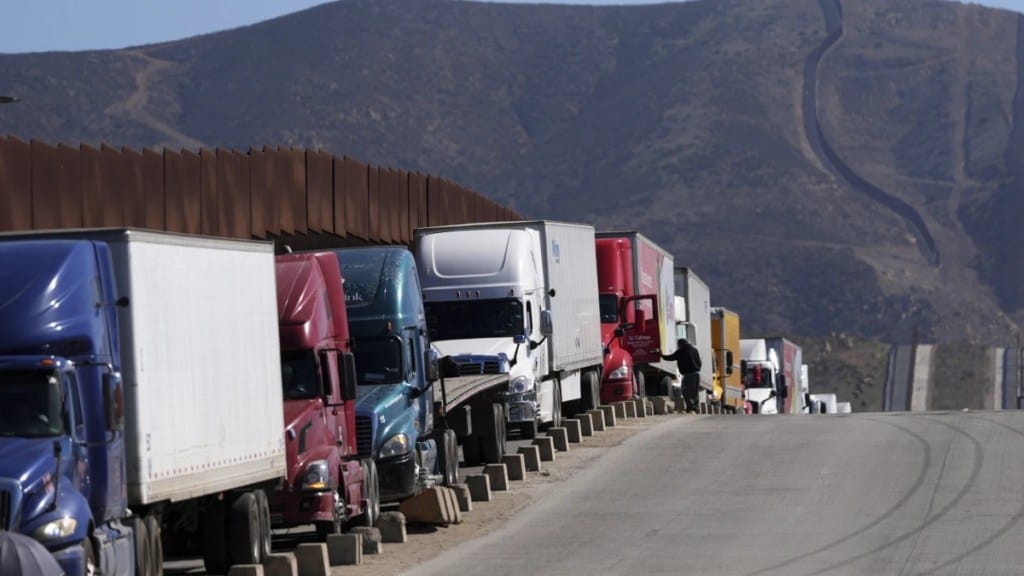The Mexican government is preparing to raise tariffs on Chinese imports in its 2026 budget proposal, which is expected to be presented next month. The move is aimed at protecting domestic businesses from cheap goods entering the market and also addresses a demand that US President Donald Trump has been pushing for a long time, according to a report by Bloomberg.
The tariff hikes are expected to cover a wide range of goods including cars, textiles and plastics. Officials believe the higher duties will give Mexican manufacturers relief from heavily subsidised Chinese competition. It is also likely that other Asian countries could see their products face similar tariff increases, though details are still being finalised, the report stated, citing people familiar with the plan.
Proposal yet to be finalised
Specific tariff rates have not been disclosed so far, and there is still room for changes in the plan, people aware of the matter said. President Claudia Sheinbaum’s administration is scheduled to send the draft budget and revenue proposal to Congress by September 8.
While lawmakers will have to approve it, Sheinbaum’s party and its allies hold a two-thirds majority in both houses of Congress, making it unlikely that significant changes will be made. The president’s office and the Economy Ministry did not offer any immediate comment, while the Finance Ministry also did not respond to questions.
US pressure plays a key role
Since the start of this year, the Trump administration has been pressing Mexican officials to impose higher duties on Chinese imports, similar to the steps taken by the United States.
Mexican officials later floated the idea of creating a “Fortress North America,” which would involve limiting goods from China while boosting trade and industrial ties among the US, Mexico and Canada. US Treasury Secretary Scott Bessent has shown strong support for the idea.
The tariff discussions come as the three nations prepare to review their free-trade deal by the middle of next year. The pact, which was originally negotiated during Trump’s first term, will be reassessed to determine its effectiveness and to make adjustments based on current trade challenges.
A major reason behind Washington’s push is Trump’s claim that Chinese products are being shipped into Mexico and then finding their way into the US market. Last month, after a phone call with President Sheinbaum, Trump temporarily spared Mexico from facing higher tariffs. This move was seen as giving both sides more time to continue trade talks and search for a broader agreement.
Security cooperation also on the table
In parallel with trade negotiations, Mexico and the US are also working on a deal to combat drug trafficking and related violence. Trump has often cited the smuggling of fentanyl into the US as one of the main reasons Mexico has been hit with a 25% levy on certain goods outside the existing trade pact. Addressing this issue in a new security agreement could ease tensions and allow negotiators to find more common ground in other areas of dispute, such as disagreements over Mexican tomatoes and steel exports.

